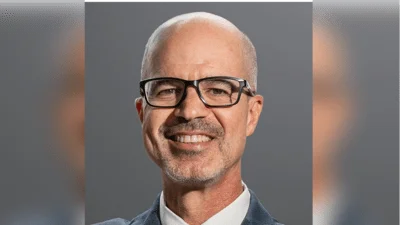New data released by the U.S. Department of the Treasury from the Homeowner Aid Fund (HAF) through March 31, 2023, has revealed a substantial increase in homeowner aid. The data, which was released on June 8, highlights a significant rise in assistance provided to homeowners.
This development brings much-needed relief to individuals and families grappling with housing-related challenges, signaling a positive impact on the housing market and economic recovery as a whole.
"The Homeowner Assistance Fund has helped keep hundreds of thousands of families in their homes," Wally Adeyemo, deputy secretary of the Treasury, said in a July 7 press release. "As state programs assess their remaining HAF funds, the Treasury Department will continue working with recipients to ensure these funds are swiftly delivered to homeowners most in need."
Fund statistics from the Treasury Department showed a significant rise in homeowner help. More than 318,000 homeowners at risk of foreclosure had received payments totaling approximately $3.7 billion through HAF programs as of March 31. HAF programs provided $1.2 billion in aid to households in the first quarter of 2023 alone, a 50% increase from the fourth quarter of 2022. This shows that the program is continuing to expand quickly as intended. In addition, excluding administrative costs, 14 states and two U.S. territories have used more than half of their HAF program monies.
The data also demonstrates that compared to earlier federal mortgage aid programs, HAF programs are reaching a higher percentage of economically vulnerable and traditionally underserved homes. Homeowners who make less than 50% of the area median income are considered to be very low-income as of March 2023, and they receive 49% of the HAF's financial aid. In terms of demographics, 59% of homeowners who received assistance identified as female, 23% as Hispanic/Latino, and 35% as Black.
The Treasury Department, which is leading the implementation of HAF, has also assisted states and localities in finding new ways to reach historically underserved populations. Those efforts have included creating outreach programs that are culturally and linguistically appropriate, modifying operations to lessen onerous application requirements, ensuring flexibility to meet changing local needs, and streamlining interactions with servicers to get mortgage assistance to borrowers more quickly and with fewer holdups.
Along with these initiatives, there has been a significant push for local governments to fund housing stability programs that offer all-around assistance to keep families in their homes. The Treasury Department is still collaborating with HAF programs to improve their strategies and methods for serving homeowners in their respective states.





